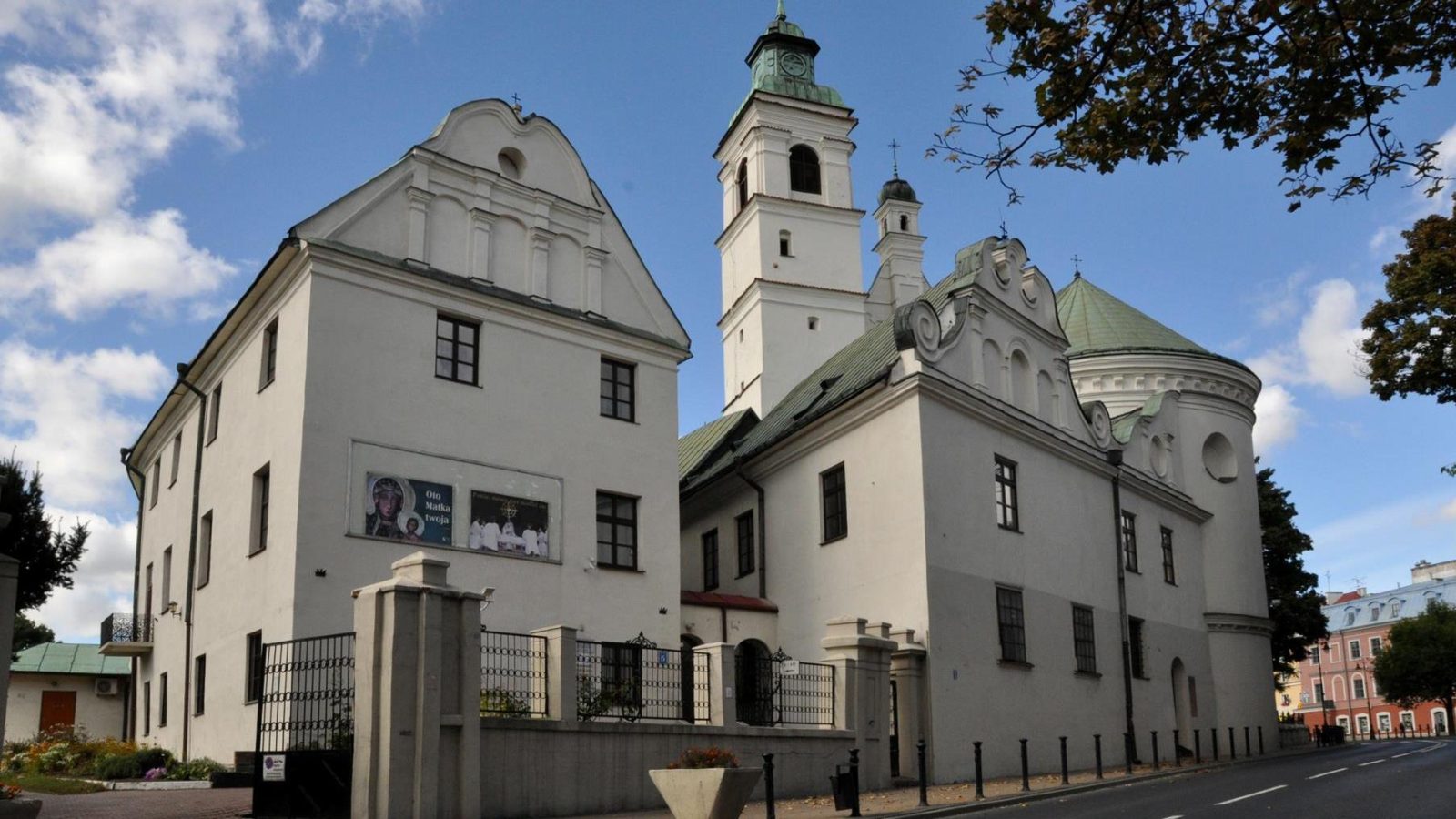Church of the Conversion of St. Paul
The church and the monastery were built for the Bernardine Order from the burgher’s foundation in the years 1473-1495. The reconstruction, carried out according to the design of mason Rudolf Negroni and Jakub Balin in the first half of the 17th century, had a decisive influence on the formation of the Lublin Renaissance. The temple became a model reproduced in subsequent projects in the city and the region.
The vaulting of the church was covered with stucco – an artistic decoration in the form of mouldings and geometrical figures supplemented by additional motifs in the form of rosettes, hearts and stars. On the eastern side of the church there is a characteristic gable with hardware ornamentation from Dutch art. Inside, there is a Renaissance tombstone of Andrzej Osmólski (the beginning of the 17th century) and the epitaph of Wojciech Oczki (the end of the 16th century) – the court physician of Polish kings. The relics of St. Valentine and St. Anthony – the patron saint of Lublin – are kept here. In 1569, after the act of Polish-Lithuanian union was signed, a solemn thanksgiving service was held in the church.
In the years 1908-1910, the Renaissance choir was extended, and in 1907 the firm of Rieger brothers built a new organ. In 1954 the restoration of the church began. The bell tower above the eastern gable was reconstructed. The renaissance cupola over the chapel of Our Lady of Czestochowa was also reconstructed at that time.
